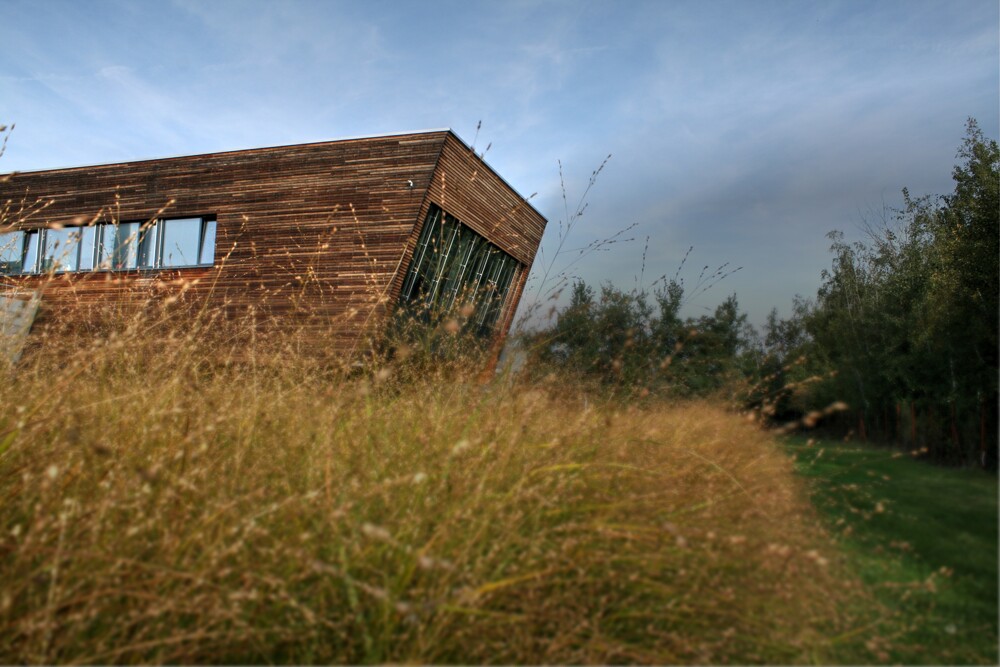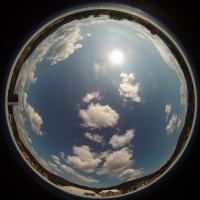

Experts of the CTU University Center for Energy Efficient Buildings are developing a special device called a skyscanner, which takes pictures of the sky and from the pictures taken, predicts the production of electricity from photovoltaic panels up to several hours in advance. You can already find the skyscanner device at the UCEEB building in Buštěhrad or in the administrative center of Fenix Jeseník.
Information about the intensity and amount of solar radiation is very important for battery storage recharged by a PV system. Because precisely in the situation when the clouds in the sky cover the sun, the sunlight reaches lower values. Thus, PV panels or solar collectors cannot produce a sufficient amount of electricity. Low-energy buildings or buildings with almost zero energy consumption (nZEB), which use PV panels for their operation, are able to manage effectively thanks to the prediction of solar radiation, and thus also reduce the consumption of electricity in a high tariff from the distribution system. The daylight forecast can thus significantly save electricity costs.
Laboratoře fotovoltaických systémů a energetiky experts developed a total of three illumination prediction systems. The first of these is PV Forecast with sunshine forecast for several days ahead. The second is PV Nowcast, a one-day forecast using irradiance sensors, and the third, the most recently developed system, is Skyscanner, which uses sky images to predict the intensity of solar radiation on an hourly time horizon. Because the shorter the forecast, the more accurate the exposure values.
Skyscanner is suitable for short-term forecasts with an appropriate local character. Basically, it is a wide-angle camera that captures the sky, which is suitable for use in an outdoor environment. Thanks to it, it is possible to evaluate the cloud cover, the types of clouds and the speed of their movement. Approximately every ten seconds, the cameras scan the sky and then send the images to the CTU servers, where the system evaluates them.
Currently, one of the skyscanner cameras is located on the CTU UCEEB building. The second camera was installed in the Fenix Jeseník administrative building at the beginning of September. In the future, experts plan to place cameras in other places in the Czech Republic. The main idea behind the creation and development of skyscanner is to provide the most accurate daylight forecasting service aimed at users of low-energy buildings and to make the production and consumption of electricity more efficient, but also to reduce the dependence and load on the electricity distribution network. The skyscanner camera reaches a distance of up to four kilometers, so multiple objects could be monitored at the same time to predict sunlight.
![[design/Foto-aktuality/wp-20180829-15-51-09-rich.jpg]](https://c.uceeb.cz/images/design/Foto-aktuality/wp-20180829-15-51-09-rich.jpg)